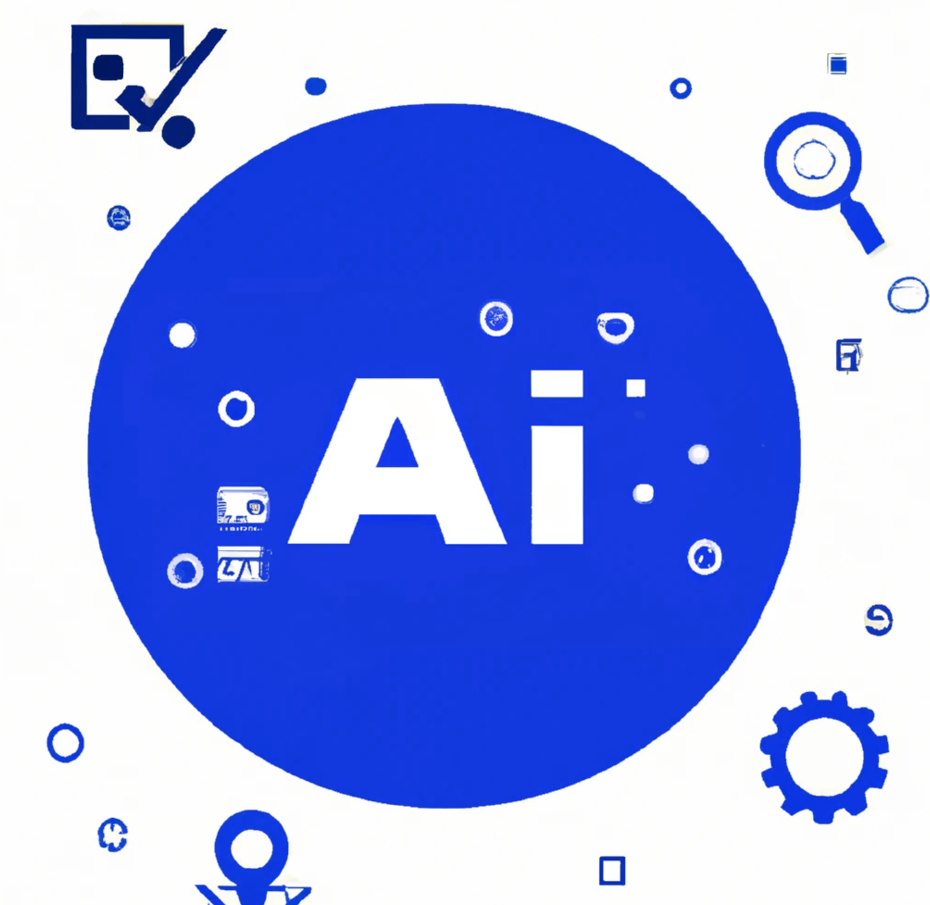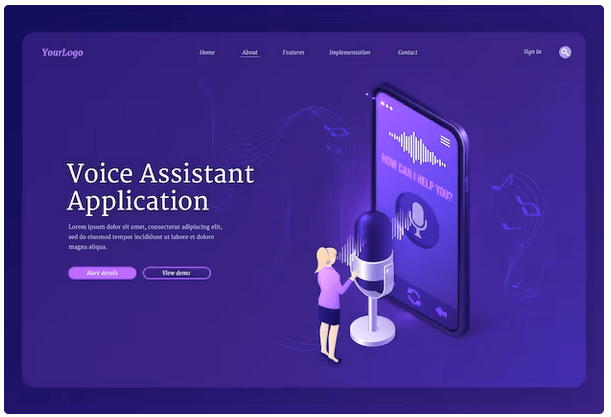
AI’s Impact on Machine Learning: How Machine Learning Professionals Can Harness AI and AI Tools

INTRODUCTION
Machine learning professionals are at the forefront of a rapidly evolving field that sits at the intersection of technology and data science. As the influence of artificial intelligence (AI) continues to grow, machine learning experts are presented with countless opportunities to enhance their skills and drive even greater success. In this blog, we’ll explore how machine learning professionals can benefit from AI and AI tools, equipping them with the tools needed to excel in their roles.
AI’s Impact on Machine Learning
Artificial Intelligence (AI) and ML are two closely related fields, and their symbiotic relationship has a profound impact on the world of technology, data, and decision-making. While Machine Learning is a subset of AI, it plays a pivotal role in the broader landscape of artificial intelligence. In this article, we’ll explore the impact of AI on ML and how this synergy is shaping the future of both fields.AI has the potential to significantly impact the work of machine learning professionals in numerous ways:
1. Advanced Data Processing:
AI can process large datasets at speeds beyond human capacity. ML professionals can leverage AI to preprocess and clean data, making it ready for analysis. This leads to more efficient model development.
2. Automated Feature Engineering:
Feature engineering, a crucial aspect of ML, can be time-consuming. AI tools can automate this process by identifying relevant features, reducing the manual effort required from machine learning experts.
3. Hyperparameter Tuning:
Selecting the right hyperparameters for ML models can be challenging. AI-driven algorithms can automate hyperparameter tuning, optimizing model performance without extensive manual experimentation.
4. Predictive Analytics:
AI-powered predictive analytics can provide machine learning professionals with valuable insights into future trends and model performance. This information is essential for refining existing models and making informed decisions.
5. Natural Language Processing (NLP):
NLP-powered AI tools can help ML professionals extract insights from unstructured text data. This capability is especially valuable in fields such as sentiment analysis, chatbots, and content recommendation systems.
6. Automated Machine Learning (AutoML):
AutoML platforms leverage AI to automate the end-to-end process of model development, from data preprocessing to model selection and deployment. This allows machine learning professionals to streamline their workflow and focus on higher-level tasks.
Understanding the Relationship
Before delving into the impact, it’s crucial to understand the relationship between AI and ML. AI is the overarching concept of creating machines or software that can perform tasks requiring human intelligence, such as understanding natural language, recognizing patterns, making decisions, and problem-solving. Machine Learning, on the other hand, is a subset of AI that focuses on developing algorithms and models that can learn from data and make predictions without explicit programming.
AI and ML are interconnected in the following ways:
- Data-Driven Learning: ML relies on data to learn patterns and make predictions. AI systems, in turn, often use ML to process and understand this data.
- Advanced Algorithms: AI, including ML, employs advanced algorithms such as deep learning, neural networks, and reinforcement learning, which have become the building blocks of many AI applications.
- Real-Time Decision-Making: AI systems equipped with ML algorithms can make real-time decisions based on data, which is valuable in applications like autonomous vehicles and fraud detection.
- Adaptability: Both AI and ML can adapt to changing data and situations, making them ideal for applications requiring flexibility and continuous learning.
AI Tools for Machine Learning Professionals
Here are some of the best AI tools that machine learning professionals can incorporate into their workflows:
- Google AutoML: Google’s AutoML offers a user-friendly platform for developing machine learning models without the need for extensive coding. It streamlines tasks like data preprocessing, model selection, and hyperparameter tuning.
- IBM Watson Studio: Watson Studio provides machine learning professionals with a collaborative environment for data exploration, model development, and deployment. It includes AI-driven features for automating tasks and generating insights.
- H2O.ai: H2O.ai offers an open-source platform with AI capabilities for autoML, model interpretation, and automatic feature engineering. It simplifies the process of building and deploying machine learning models.
- Azure Machine Learning: Microsoft’s Azure Machine Learning platform provides machine learning professionals with tools for data preparation, model building, and model deployment. It includes automated machine learning features for efficiency.
- DataRobot: DataRobot is an autoML platform that accelerates the development and deployment of machine learning models. It automates various stages of the machine learning workflow, making it accessible to a broader audience.
-
Impact of AI on ML
AI has a significant impact on the field of Machine Learning, and here are some key aspects of this influence:
- Advanced Algorithms: AI has introduced ML to a wealth of advanced algorithms, including deep learning and convolutional neural networks. These algorithms enable ML models to perform tasks such as image and speech recognition with exceptional accuracy.
- Enhanced Data Resources: AI brings extensive data resources, including big data and IoT (Internet of Things) data, to the table. ML models can leverage these vast data sources to make more accurate predictions and decisions.
- Automation and Efficiency: AI-driven automation simplifies many tasks within the ML workflow, from data preprocessing to model selection and deployment. This automation reduces the need for manual labor, resulting in more efficient processes.
- Natural Language Processing (NLP): AI has significantly enhanced ML’s capabilities in NLP. This enables the development of chatbots, sentiment analysis tools, and language translation systems that are not only more accurate but also more sophisticated in their understanding of human language.
The Synergy in Real-World Applications
The impact of AI on Machine Learning can be seen in a wide range of real-world applications:
- Healthcare: AI-driven medical imaging analysis improves the accuracy of diagnoses, benefiting radiologists and healthcare professionals.
- Finance: AI powers predictive analytics used in risk assessment and fraud detection, essential for financial institutions.
- E-commerce: Recommendation engines driven by AI enhance the customer shopping experience and increase sales by suggesting products based on user behavior.
Conclusion
AI is a powerful ally for machine learning professionals. Its ability to streamline data processing, automate feature engineering, and optimize model performance enhances the efficiency and effectiveness of machine learning projects. By embracing AI and integrating AI tools into their practices, ML professionals can stay at the forefront of their field, tackle complex problems, and drive innovative solutions. As the landscape of AI and ML continues to evolve, the collaboration between human experts and AI technologies will be key to unlocking new frontiers of success.
Frequently Asked Questions
1. What is the difference between AI and ML?
- AI is the broader concept of creating machines or software that can perform tasks requiring human intelligence, while ML is a subset of AI that focuses on developing algorithms that can learn from data and make predictions without explicit programming.
2. How does AI enhance Machine Learning algorithms?
- AI introduces advanced algorithms, such as deep learning and neural networks, which can improve the accuracy and capabilities of ML models.
3. What are some real-world applications of AI in Machine Learning?
- AI-enhanced ML is used in healthcare for medical imaging, in finance for predictive analytics, and in e-commerce for recommendation systems, among many other applications.
4. How does AI impact efficiency in Machine Learning workflows?
- AI-driven automation streamlines various tasks within the ML workflow, reducing the need for manual labor and increasing efficiency.
5. Can AI-powered ML adapt to changing data and situations?
- Yes, both AI and ML can adapt to changing data and situations, making them suitable for applications requiring flexibility and continuous learning.
6. What is the future of AI in Machine Learning?
- The future of AI in ML holds vast potential. As AI continues to evolve, it will expand the possibilities for more powerful, efficient, and accurate models across various industries.



